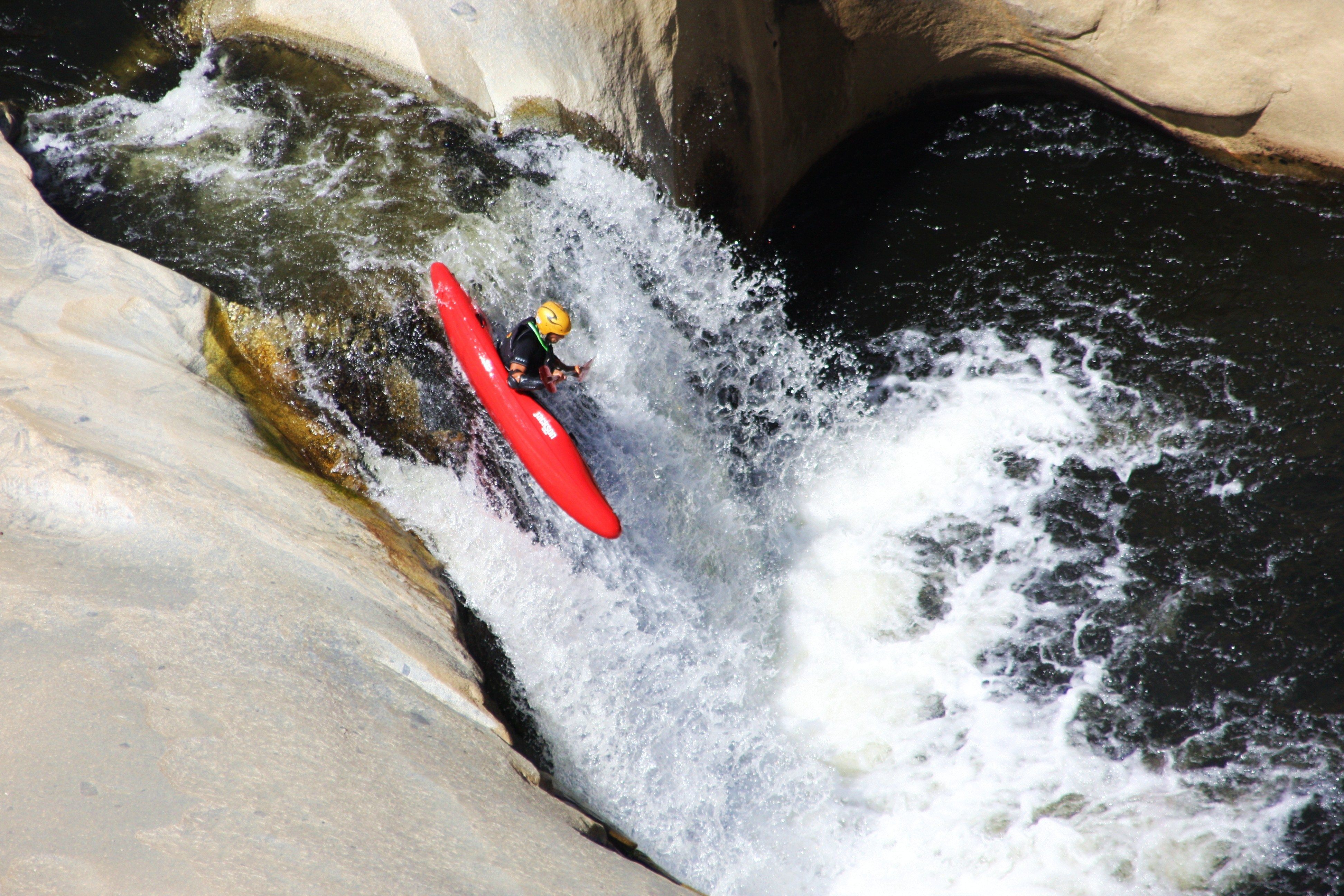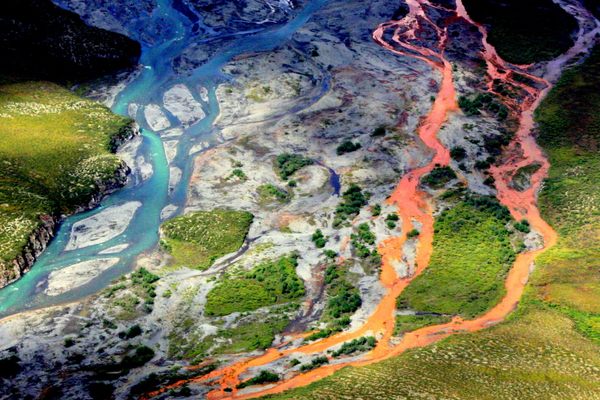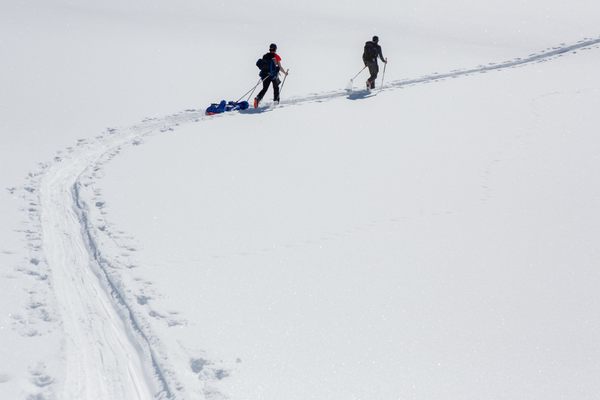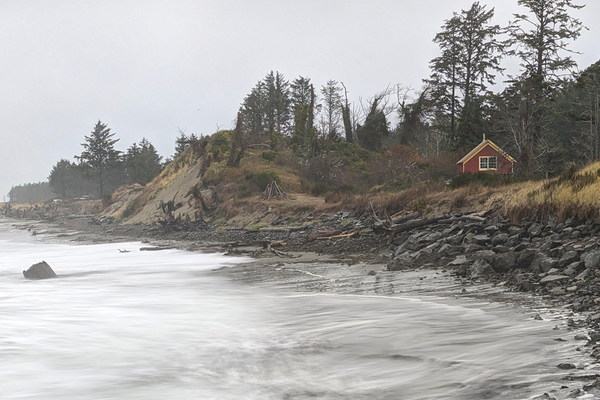Waterfalls Can Just Spontaneously Happen
A new study suggests that creating these natural wonders doesn’t require external forces.

A new study published in the science journal Nature is forcing scientists to rethink their understanding of waterfalls. Researchers from the University of Nevada, Reno, the California Institute of Technology, and GFZ German Research Centre for Geosciences, with help from the National Science Foundation, created a river that spontaneously formed a waterfall.
People have long believed that waterfalls originate from some type of external force applied to a river. Earthquakes and volcanoes, for instance, create waterfalls because they alter the shape of the riverbed. Other catalysts for waterfall formation include sea level change and climate change. What makes this study so fascinating is that the waterfall observed by the researchers in the lab was created by the river’s own internal feedback loop of water flow and sediment transfer.
To create a miniature waterfall, the team had to first recreate a river and bedrock. Using polyurethane foam as bedrock, the researchers made a river using a flume about 24 feet long by one foot wide. According to the study, polyurethane foam is resistant to erosion by water and adheres to similar erosion principles as various types of rocks. The foam allowed the team to better scale the experiment to real-world scenarios. “We know how to mathematically scale those erosion rates to what it would be for any other rock type,” says Joel Scheingross, assistant professor at the University of Nevada, Reno, and lead author of the study.
Once they built the river, the researchers began the experiment by running water down the flume. Scheingross says that around 14 liters per second flowed down the incline, which was tilted at a nearly 20 percent grade.
No signs of erosion were found after 24 hours, so the team began feeding half a kilogram of sediment per second down the river. Within minutes, erosion started taking place. The once silky smooth foam of the lab river had become wavy, as various chutes and pools began to form.

Eventually, one pool got so deep, says Scheingross, that water no longer had the power to move the gravel, allowing the sediments to sink to the bottom of the pool. This collection of rock and sediment is known as an “armor layer,” and it protects the underlying bedrock—or foam, in this case—from additional erosion.
The team then observed that a pool downstream from that area was not as deep and still subject to erosion. The difference in depth and erosion caused the elevation between the two pools to grow over time, creating a waterfall. But the miniature waterfall didn’t last long. According to the study, after about 20 minutes, “erosion near the waterfall brink reduced the waterfall height causing flow reattachment to the riverbed.”
The team isn’t ready to rewrite any of Earth’s history, but Scheingross says he does want to explore this phenomenon in relation to how we understand topography and real waterfalls in nature. As Science notes, the study’s findings may help explain the formation of natural wonders, such as the Seven Teacups in California’s Sierra Nevada mountains, that were created with no obvious signs of external force.


















Follow us on Twitter to get the latest on the world's hidden wonders.
Like us on Facebook to get the latest on the world's hidden wonders.
Follow us on Twitter Like us on Facebook